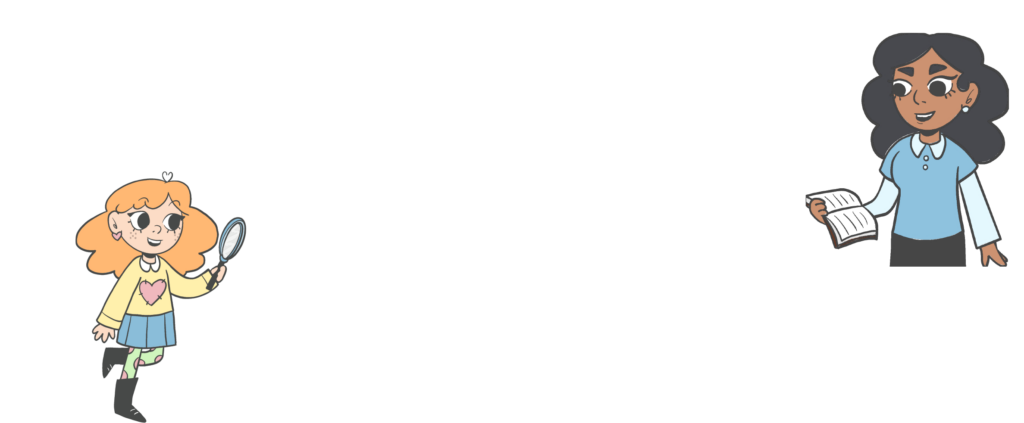Master the Art of Providing Age-Appropriate Insights on Substance Use Disorder, Creating Safe Spaces for Dialogues, and Empowering Students for a Healthier Future
As key influencers in shaping students’ lives, initiating timely and effective conversations about substance use disorder plays a crucial role. Crafting these discussions requires an understanding of our students’ age, cognitive levels, and unique perspectives. Here’s a detailed guide to facilitate impactful conversations about substance use disorder, from the earliest learners in kindergarten to the cusp of high school in middle school:
Laying a Solid Foundation – Kindergarten to Grade 2
Keep it Basic: Conversing with younger students requires simple and relatable language. Make them aware that certain substances can cause harm and should be avoided.
Prioritize Safety: Introduce young students to the idea of not interacting with or consuming unknown substances. Encourage them to seek assistance from a trusted adult if they encounter something suspicious.
Medicine Safety 101: Explain the role of medicine in health while emphasizing that they should only be consumed under a doctor’s advice and adult supervision.
Expanding Knowledge – Grades 3-5
Start the Deep Dive: Elucidate the effects of substance use on the brain and body. Use age-appropriate language and visual aids for better understanding.
Create a Safe Space: Encourage open discussions and provide an environment where students can freely express their thoughts and concerns about substance use.
Understanding Peer Pressure: Highlight the importance of individual decision-making and resilience in resisting peer pressure associated with substance use.
Navigating Complexities – Grades 6-8
Intensify the Discussion: Engage students in more comprehensive conversations about the implications of substance use, addiction, and its impact on mental and physical health.
Dispel the Myths: Rectify common misconceptions about substance use and addiction, providing accurate information for informed decision-making.
Healthy Coping Mechanisms: Introduce students to healthy ways of handling stress and emotional turbulence, such as exercise, mindfulness, and creative pursuits like art, music, or writing.
Foster Empathy: Encourage a classroom culture of empathy and understanding for those struggling with substance use disorders.
While it can be daunting, leading discussions about substance use disorder is an indispensable step in promoting healthy choices and preventing addiction. By tailoring conversations with age-appropriate language and concepts, we can equip students with the insights and tools they need to confidently navigate the complexities of substance use, contributing to their overall well-being.
Need more tools to enhance your discussions about substance use disorder with students? Explore our comprehensive addiction prevention curriculum, specifically designed to provide educators with a rich repository of age-appropriate and engaging content.



Leave a Reply